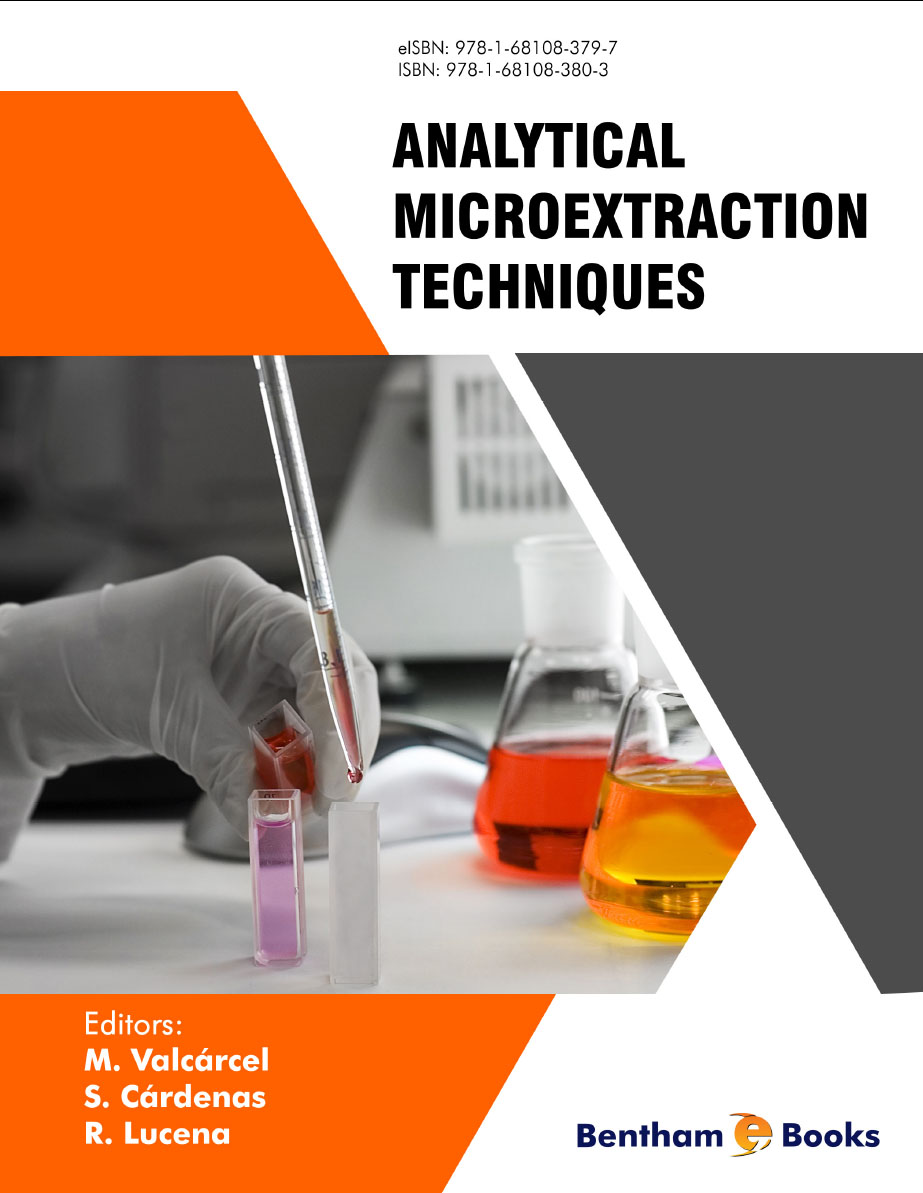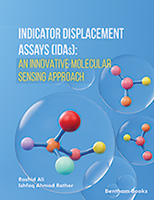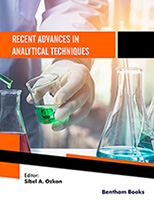Introduction
Sample treatment has been the focus of intensive research in the last 20 years since it still remains a bottleneck in precise analytical procedures. The low concentration of the target analytes, the large amount of potential interfering agents and the incompatibility of the sample matrix with the instrumental techniques are the main reasons for these bottlenecks. In most of these methods, sample treatment is an unavoidable step and it has a clear influence on the quality (sensitivity, selectivity, and accuracy) of the final analytical results.
While the usefulness of microextraction techniques has been established, their complete acceptance in analytical laboratories (including official methods of analysis) depends on their successful automation and integration with conventional analytical instrumentation.
Analytical Microextraction Techniques
presents comprehensive information about several analytical methods that are useful in the laboratory. These include: sorptive microextraction, solid and liquid phase microextraction, packed sorbent microextraction, miniaturized dispersive solid-phase extraction, thin film and nanoparticle based techniques, and membrane-based techniques.
This is a vital reference on microextraction and sample preparation techniques for applied chemistry students, analytical chemists and laboratory technicians.





